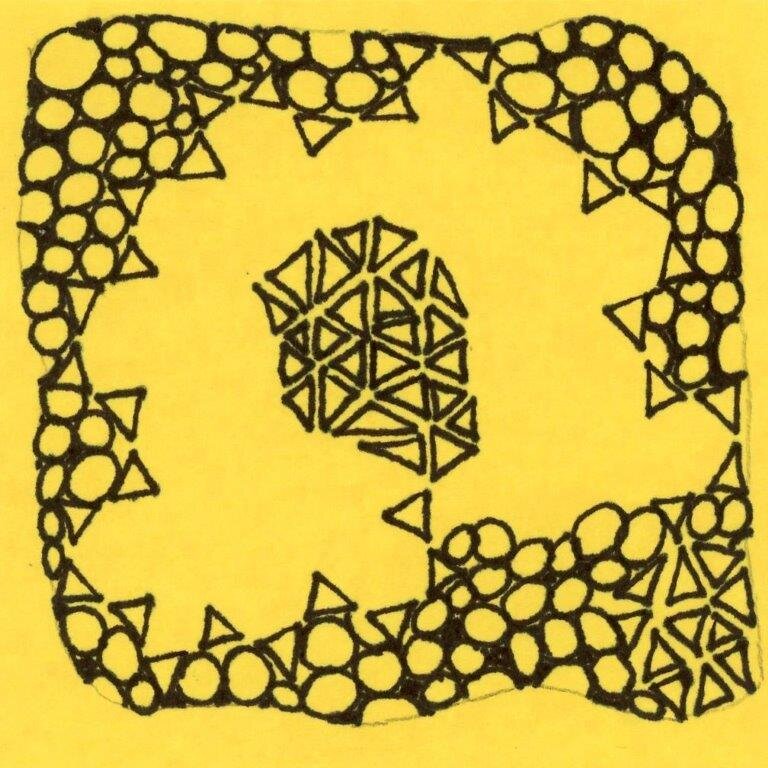Gleanings of the Week Ending July 30, 2022
/The items below were ‘the cream’ of the articles and websites I found this past week. Click on the light green text to look at the article.
Furs from Danish Viking Burials Analyzed – Proteins extracted from animal furs found in 6 burials. The accessories/furnishings were domesticated animals. The items of clothing were wild beaver, squirrels, and weasels. The beaver furs were not native to the area so were probably luxury furs obtained by trade.
More Energy on Less Land: The Drive to Shrink Solar’s Footprint – Good ideas…if we must use agriculturally productive land for solar panels. I’d like to see cities with high density solar panels that generate electricity close to where it is needed (i.e., short distance between generation and use). Hopefully that is happening in parallel with the solar development described in this article.
Moths are unsung heroes of pollination – The study was done with red clover…but probably applies to a broader range of plants. Moths are active during the night so have not been as easily observed as pollinators that are active during the day. The work was done with time lapse cameras.
Electric School Buses! – A blog post about the US Department of Energy’s ‘Flipping the Switch on Electric School Buses’ series. There are lots of communities that have been exploring making the transition and I am hopeful that it will be an escalating trend. I always cringed at the fumes that were so obvious when the buses arrived/departed from schools as I was growing up and when my daughter was in school. It would be good for the planet and good for children’s lungs to eliminate the school bus as a source of air pollution!
The habits that help prevent allergies – Studies that are improving our understanding of why allergies are increasing in the children….and strategies for addressing the problem. Evidently the time between 4 and 11 months is very important.
Harm from blue light exposure increases with age, research in flies suggests – Not good news. Maybe the default setting on our ‘screens’ (phones, computers, television) need to reduce blue light rather than it being a setting that everyone must intentionally set. And why don’t LED manufactures offer bulbs that are not so blue shifted?
Giant Snails take over Florida’s Gulf Coast - It is not the first time…probably won’t be the last. These snails are native to Africa and this the third time Florida has battled an invasion.
Water resources to become less predictable with climate change – The study focused primarily on areas that rely on snow for all or part of their water supply. Some of those areas are already relatively dry…and the populations are large enough that the unpredictability of water resources will be very problematic.
The best way to brush your teeth – This is going to take some practice to break old habits. I learned to brush my teeth a long time ago and probably am too sloppy even doing it the way I was taught!
New thought on Cahokia’s ancient wetlands – A large flat rectangular area that was previously thought to have been used as open, communal space might have been under water most of the year!























